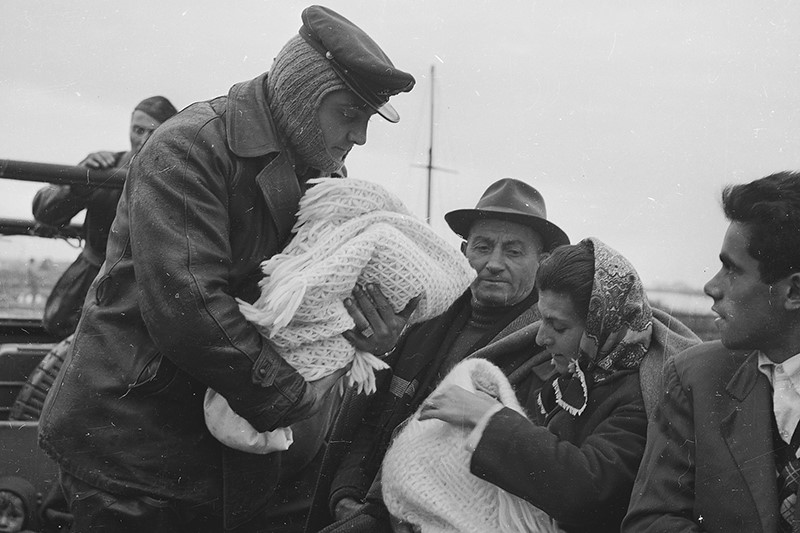The Polesine flood

In early November, heavy rainfall affected the Po Valley, leading to exceptional flooding of the Po River. The river broke its banks between November 11 and 12 in Parma and two days later in Rovigo, causing floods in the Polesine area in the Veneto region, characterized by large areas below sea level.
The channels and banks designed to mitigate flooding were precarious due to damage sustained during the war period and inadequate maintenance in the following years. The floodwaters persisted for eleven days, covering an area of over 1000 km², with a depth of up to six meters in some places. The disaster resulted in the loss of over a hundred lives and caused extensive damage to houses, farming fields, livestock, warehouses, and farms.
Due to inadequate rescue efforts, a nationwide solidarity campaign was launched. Volunteers, medications, food, and clothes were sent from Italy and abroad to help those affected by the flooding. The process of draining the land continued until May 1952. This forced 180,000 people to leave their homes, and 80,000 never returned, leading to the first migration wave after World War II.
Photo: Rescue to Polesine flood victims in 1951 / The National Fire and Rescue Service